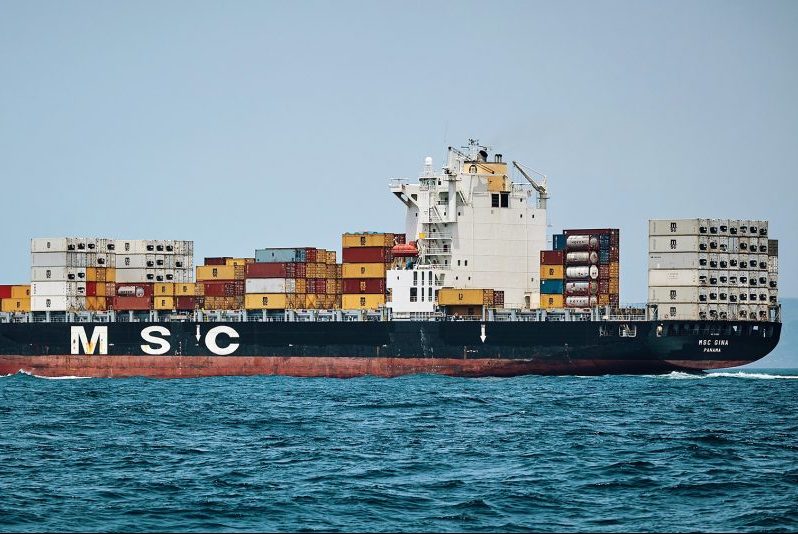
Fiscal Discipline and Economic Resilience
Morocco has demonstrated remarkable fiscal discipline in 2024, maintaining a budget deficit of 3.8% of gross domestic product (GDP). This figure is significantly lower than the deficits exceeding 7% seen in several emerging economies, showcasing the country's commitment to economic stability.
Public debt remained at 67.7% of GDP, well below the 70% threshold considered critical for developing nations. This level is notably lower than that of countries like Brazil and South Africa, where public debt surpassed 85%. Morocco’s cautious approach to managing its finances has allowed it to maintain a strong economic position.
Despite this fiscal caution, the government has continued to invest heavily in key strategic sectors. These include education, healthcare, energy transition, and infrastructure. Such investments are aimed at long-term growth and development, ensuring that Morocco remains competitive on the global stage.
Tax Reforms and Inflation Control
The government has also pursued gradual tax reforms, targeting value-added tax, corporate tax, and income tax. Efforts have been made to expand the tax base and improve spending governance, which are essential for sustainable economic growth. These reforms aim to create a more equitable and efficient taxation system.
Inflation has remained under control, with official data showing an average of between 1.5% and 2% in recent years. In 2024, inflation fell to just 0.9%, a stark contrast to the high rates seen in countries like Egypt (over 30%) and Turkey (over 50%). Policymakers attribute these low inflation figures to a credible monetary policy framework, which has helped maintain price stability.
Stable Currency and Robust Trade
Morocco’s external position has remained stable, with the dirham maintaining its value against major currencies. Exports in key sectors such as automobiles, phosphates, and food processing have shown robust growth. Remittances from Moroccans living abroad reached over 117 billion dirhams ($11.7 billion) in 2024, while foreign direct investment topped 43 billion dirhams ($4.3 billion).
The country’s foreign currency reserves reached 403 billion dirhams ($40.3 billion) in early July 2025. This amount is sufficient to cover more than 5.5 months of imports, far exceeding the three-month benchmark for emerging markets. The current account deficit was contained at 1.2% of GDP, despite rising import costs driven by investment needs.
Public Investment and Economic Growth
Public investment surged in 2025, reaching 340 billion dirhams ($34 billion). Funds were directed toward infrastructure, energy, healthcare, digital transformation, and industrial development. The implementation of a new investment charter and the activation of the Mohammed VI Investment Fund have helped attract both domestic and foreign capital.
Morocco has maintained a consistent and disciplined presence in international financial markets. Several successful sovereign bond issuances, including a €2 billion ($2.2 billion) eurobond offering in March 2025, reflect investor confidence in the country’s macroeconomic fundamentals and fiscal governance. These issuances featured long maturities and competitive rates, further strengthening Morocco’s financial position.
Structural Reforms and Capital Markets
Authorities are working on structural reforms to modernize the country’s financial and institutional frameworks. This includes updates to the organic finance law to strengthen performance-based budgeting and introduce multi-year fiscal planning. Efforts to deepen Morocco’s capital markets have included the adoption of sustainable finance instruments such as green bonds, sukuk (Islamic finance-compliant bonds), and other innovative tools aligned with international standards.
Competitive Industrial Powerhouse
For decades, Morocco has pursued an open economic policy and gradual integration into global markets. With over 55 free trade agreements, the country has access to potential markets of over 3 billion consumers. The economy’s openness ratio rose from 55.2% in 2007 to 80.2% in 2023, while the number of export destinations increased from 171 to 189.
The expanded export base now reaches new markets in Africa, the Americas, and Asia. Morocco has also accelerated industrialization, positioning itself as a key global player in automotive and aerospace value chains. The country ranked among the world’s top 20 car manufacturers in 2024, with auto export revenues reaching $16 billion. In aerospace, Morocco has emerged as a competitive hub, attracting global suppliers and expanding its presence in international markets.
The manufacturing sector now accounts for 14.5% of GDP and supports over 1 million jobs, roughly 11% of the active labor force. Key drivers include automobiles, aviation, and textiles, all contributing to Morocco’s dynamic and diversified growth model.
